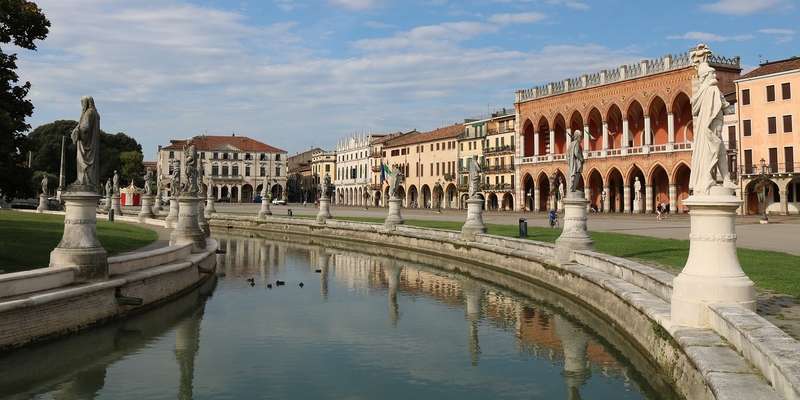- Home
- Useful Tips
- Avoiding crowds at Padua's...
Exploring Padua's historic university district can be overwhelming due to the constant flow of tourists and students. With over 60,000 students and millions of visitors annually, the area often feels crowded, making it difficult to appreciate its Renaissance architecture and academic heritage. Many travelers leave frustrated, having missed the district's authentic charm beneath the surface chaos. The challenge isn't just about comfort – overcrowding leads to rushed visits, poor photo opportunities, and difficulty accessing key sites like the Anatomical Theatre. Locals know the rhythms that make this UNESCO-listed area shine, but visitors rarely discover these patterns independently. This creates a disconnect between experiencing Padua as a tourist versus living its vibrant academic culture.


Why the university district feels overcrowded (and when it's not)
The congestion stems from three converging factors: morning class changes between 8:30-9:30 AM, midday tourist groups heading to the Bo Palace, and evening passeggiata crowds from 5 PM. Yet few realize the district empties completely during lecture hours (10 AM-noon and 2-4 PM on weekdays), when students are in classrooms and tour groups move to other attractions. Saturdays see 40% fewer visitors than weekdays, while Sunday mornings offer near-private access to the historic courtyards. Summer brings different patterns – July and August see student numbers drop by 75%, leaving space to appreciate the 16th-century frescoes without jostling. The secret lies in treating the district like a local: avoid the main entrances near Via VIII Febbraio, where 85% of visitors cluster, and approach through quieter side streets like Via San Francesco.
Student-approved quiet corners most visitors miss
Beyond the crowded Anatomy Theatre lies a network of peaceful spaces known only to academics. The Orto Botanico's eastern medicinal herb garden (entry included with main ticket) sees just 12% of visitor traffic despite equal historical significance. Physics department's Aula Rostagni courtyard remains empty except during graduation weeks, offering benches beneath 18th-century arcades. For reading or journaling, the Angela Mandolesi library (open to public after 2 PM) provides Renaissance reading rooms without the queues of the main university library. Coffee breaks are better taken at Pasticceria Graziati, where pharmacy students congregate, than the overcrowded Pedrocchi. These spots share a crucial feature: they're still part of the university's daily life, just removed from the main tourist circuits.
Timing your visit like a professor
Academic schedules create predictable quiet windows most travelers never utilize. The golden hours are Tuesday/Thursday 11 AM-1 PM when STEM departments hold back-to-back lectures, clearing humanities area pathways. Before major exam periods (March, June, September), the district becomes eerily quiet as students study indoors – ideal for photography. Rainy days reduce foot traffic by 60% while enhancing the cobblestones' historic atmosphere. During university holidays (check the Ateneo's academic calendar online), you'll share courtyards with only maintenance staff. Even during busy periods, simply waiting 15 minutes after a tour group passes allows you to enjoy sites alone. This strategic timing beats generic 'early morning' advice, as some buildings don't open until 10 AM.
Where to stay for effortless early access
Location choice dramatically impacts your crowd exposure. Properties near Prato della Valle (like Hotel Belludi 37) provide 7 AM walking access before buses arrive, while still being central. The residential area southwest of the district (around Via Gabelli) combines affordable B&Bs with secret pedestrian routes through university staff entrances. For ultimate convenience, Palazzo Mantua Benavides offers rooms in an actual 15th-century university building, granting after-hours courtyard access. Budget travelers can leverage student housing options like Collegio Don Mazza that rent rooms during summer breaks – their keycards unlock gates most tourists can't pass. These stays transform your experience from fighting crowds to having the run of historic spaces, particularly if you book rooms facing interior courtyards rather than streets.



